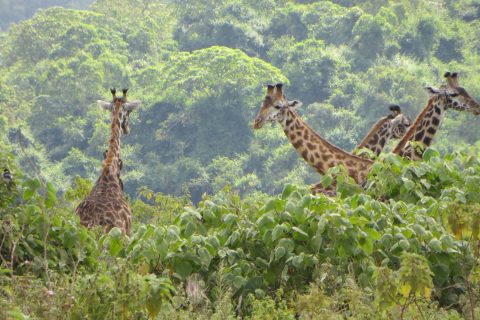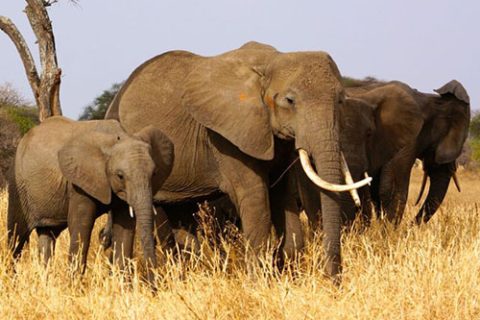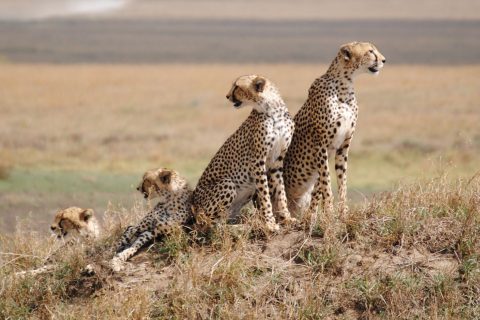Ol Doinyo Lengai
Rising dramatically from the Great Rift Valley floor, Ol Doinyo Lengai is one of Tanzania’s most iconic and spiritual landmarks. Known as the “Mountain of God” in the Maasai language, this active volcano offers both an awe-inspiring geological wonder and a culturally significant experience. Located near Lake Natron in northern Tanzania, Ol Doinyo Lengai is the only known volcano in the world that erupts carbonatite lava, which is much cooler and darker than typical lava.
Climbing Ol Doinyo Lengai is not for the faint of heart. Its steep slopes and loose volcanic ash make for a physically demanding trek, but those who reach the summit are rewarded with a surreal, lunar-like crater and panoramic views stretching across the Rift Valley. It’s a place of raw power, sacred silence, and deep connection with nature.
Highlights of Ol Doinyo Lengai
Unique Carbonatite Lava – The only volcano on Earth that erupts low-temperature, fast-eroding carbonatite lava.
Active Crater – Witness fresh volcanic activity, steam vents, and breathtaking views from the summit.
Scenic Challenge – A tough but unforgettable overnight trek with sunrise views over Lake Natron and beyond.
Nearby Lake Natron – Combine your climb with a visit to this alkaline lake, home to thousands of flamingos.
Maasai Culture – Encounter traditional Maasai communities and their spiritual connection to the mountain.
Best Time to Visit Ol Doinyo Lengai
The best time to climb Ol Doinyo Lengai is during the dry seasons, when the weather is more stable and the paths are less slippery:
June to October: Cool and dry, offering ideal trekking conditions and clear skies.
January to early March: Warmer but generally dry, with fewer crowds.
Avoid the long rains (March to May) and short rains (November to December), as the trail becomes dangerously slippery and visibility is poor.
Whether you’re a seasoned adventurer, a geology enthusiast, or a cultural traveler seeking something extraordinary, Ol Doinyo Lengai promises an unforgettable journey into the heart of Tanzania’s natural and spiritual landscape.





